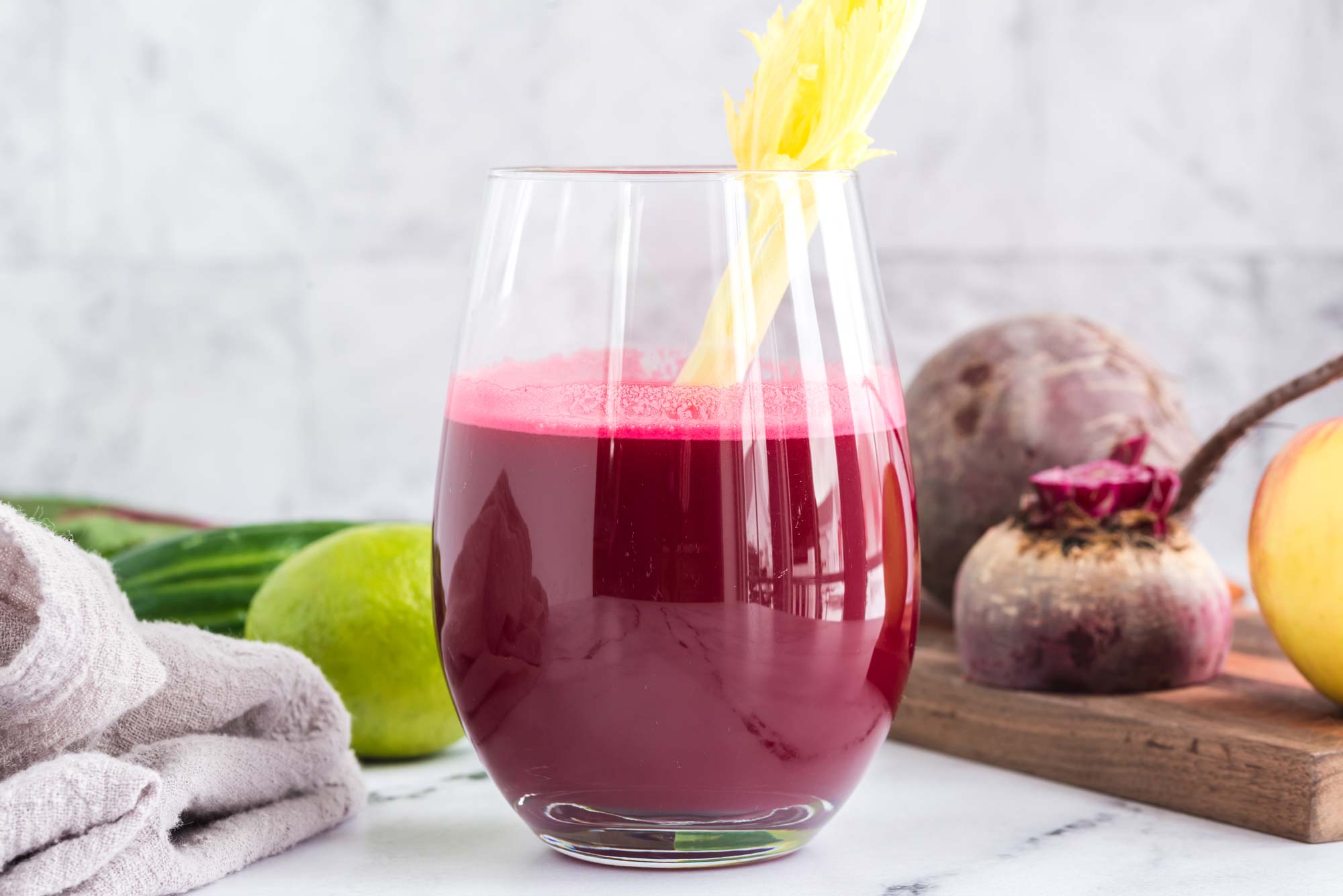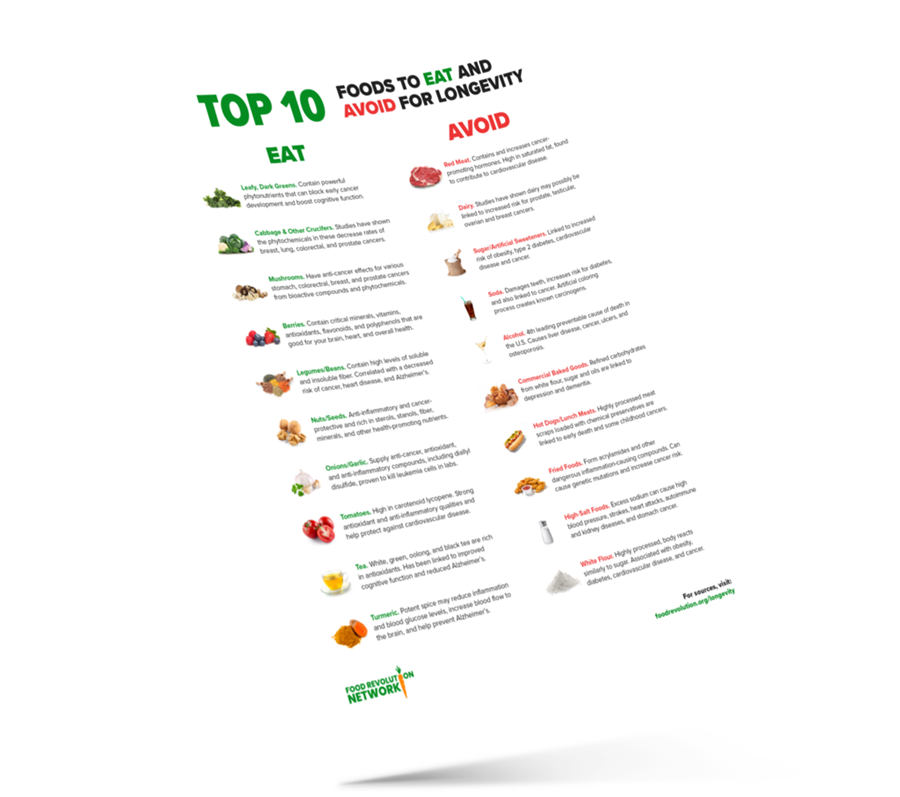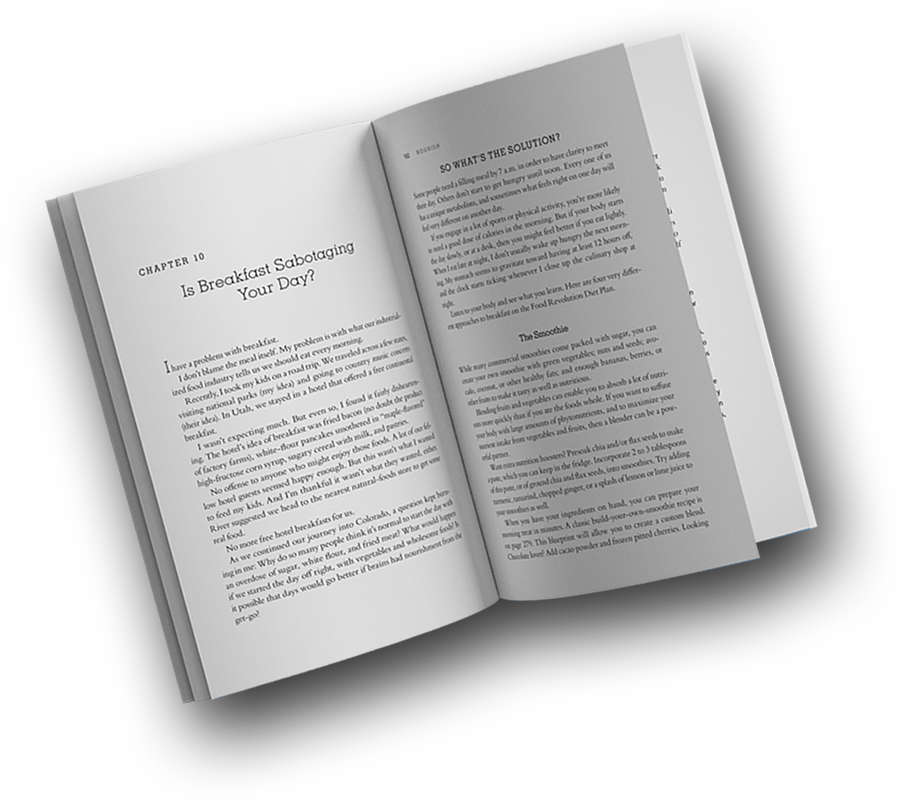Ingredients
Directions
If using a blender, add the beets, carrots, apple, if using, cucumber, turmeric, and water to a high-speed blender. Blend until smooth. If using a juicer, then add all of the ingredients to a juicer and juice away! Since all of the ingredients are hardy, there is no particular order in which you should add them.
For the blenderized ingredients, add them to a plant-based milk bag or a thin tea towel (that you don’t mind getting stained!) over a large bowl or pitcher. Squeeze the ingredients down from the top. Keep squeezing as well as twisting until all of the juice is removed from the pulp and in the bowl or pitcher. Either compost the pulp or save it for veggie broth (see Chef’s Notes).
If you juiced the ingredients, strain the juice, if needed, through a fine-mesh strainer or sieve.
Squeeze the lime into the juice.
Divide the juice between two 16-ounce mason jars or another container of choice.
Chef's Notes
Substitutions
In place of turmeric, use ginger.
Instead of cucumber, use celery.
For the beets, use golden or red beets.
Maximize absorption
Carrots are high in carotenoids, which are best absorbed when consumed with fats. Enjoy this juice alongside a plant-based meal or snack that includes healthy plant-based fats like avocado, nuts, or seeds.
The active compound in turmeric is curcumin which is best absorbed when combined with ground black pepper. Add a dash of black pepper to the juice to maximize turmeric’s benefits.
Why squeeze the lime and not juice it?
Citrus rind can be bitter and create a bitter juice, therefore it’s best to squeeze citrus separately after you’ve juiced the other ingredients.
Prep ahead
Cut the beets, carrots, and turmeric ahead of time and store in an airtight container in the refrigerator for up to 3 days before juicing.
Warning about the beets staining
If you don’t want your hands and countertop stained with beet juice then wear eco-friendly gloves when handling the beets and put towels that you don’t mind getting stained on the countertop.
Decrease the sweet
Omit the apple.
What to do with the pulp
Boil 1–2 liters of water and pulp in a large stovetop pot then simmer for one hour before straining. Store in mason jars in the refrigerator for up to 5 days or in the freezer for 30 days. If freezing, fill the mason jars only ¾ full to allow for expansion.
Storage
Store in mason jars in the refrigerator for up to 3 days or in the freezer for 30 days. If freezing, fill the mason jars only ¾ full to allow for expansion.
Ingredients
Directions
If using a blender, add the beets, carrots, apple, if using, cucumber, turmeric, and water to a high-speed blender. Blend until smooth. If using a juicer, then add all of the ingredients to a juicer and juice away! Since all of the ingredients are hardy, there is no particular order in which you should add them.
For the blenderized ingredients, add them to a plant-based milk bag or a thin tea towel (that you don’t mind getting stained!) over a large bowl or pitcher. Squeeze the ingredients down from the top. Keep squeezing as well as twisting until all of the juice is removed from the pulp and in the bowl or pitcher. Either compost the pulp or save it for veggie broth (see Chef’s Notes).
If you juiced the ingredients, strain the juice, if needed, through a fine-mesh strainer or sieve.
Squeeze the lime into the juice.
Divide the juice between two 16-ounce mason jars or another container of choice.




